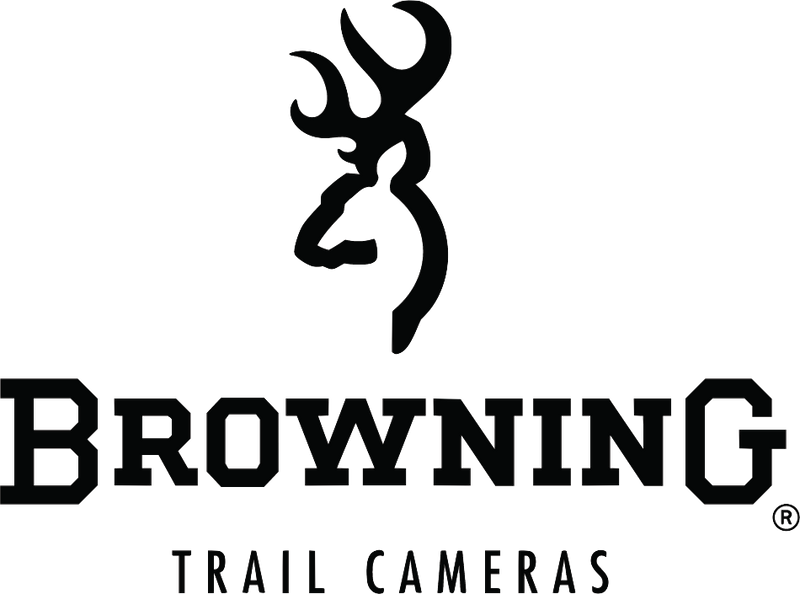The “30/30” Trail Camera Setting
Just a couple weeks ago I made my first series of mock scrapes for the year and placed my Browning Trail Cameras on all of them using what I call the “30/30 setting”: Video mode set on 30 second clips with 30 sec delay. It didn’t take long before the first mature buck found one in less than 24 hours of being made, and within a couple days they all started to heat up. I noticed one series of the three was showing more activity from a specific deer than the others. I knew right away this was a deer I wanted to target, but how was I going to be able to do so? The October lull was here and everything was happening at night. I knew if I wanted to harvest this deer I would have to do so fast, before love pulled him away.
I chose to focus on checking that series of three cameras the most frequently, using wind and time of day to my advantage. By having them on the “30/30 setting”, I was able to see direction of travel and study the specific behavior of the deer I was targeting. Once I was able to get a general direction of travel, I used what I refer to as the “leapfrog method”: moving 2-3 cameras in the direction of travel, leapfrogging them as I checked them. This helps me stay on where I had him last while exploring my thoughts with the newly moved camera. I gained a very solid direction of what I thought was his daily routine – deer of a mature age class are very much creatures of habit – but even having a solid route of travel, I feared I was getting too close to his bedroom. I elected to not move in any further and let my Browning cameras continue to do my homework for me.

Over the course of a couple weeks I checked the cameras in a three-day rotation, as long as the wind stayed true to checking them. The pattern was there but since he was still moving after dark I was going to have to get aggressive, yet smart, if I was to win this chess match. I checked the weather on a site I live by called Weather Underground. This site lays it all out in a graph for me. I noticed an upcoming front with precipitation was a few days out. It was calling for rain for almost an entire day, ending the next day mid-morning with a temperature drop, wind drop, and rising barometric pressure. I knew this had to be the time to make my move!

A couple of days went by and the rain set in. I was going to move in and hang a stand under the cover of good wind. The noise from the rain would cover me, and the wet forest floor would make for sneaking in an easy task. I was able to get my stand hung while staying undetected and pulled all the SD cards on my way out. My thoughts were staying true. My trail cameras showed he moved daily until the front hit and didn’t move that night or morning at all. I knew that after the rain he would likely move, as barometric pressure would be rising with a sudden drop in wind. I was going to hunt the following afternoon.
The following day rolled around and the weather stayed true, my information from my cameras were spot on, and I was able to harvest a beautiful mature 8 point.

When targeting scrapes, deer will likely want to freshen them up after precipitation. If you accompany that with a drop in temperature, high barometric pressure and a wind drop, it can often be the ticket to bucks getting on their feet a little sooner. I relied heavily on my Browning Trail Cameras to help me pattern this particular buck. Without being able to further pin down direction of travel I don’t think I would have been able to catch him during legal shooting hours, let alone a full hour before dark.
By John Steinhauer
